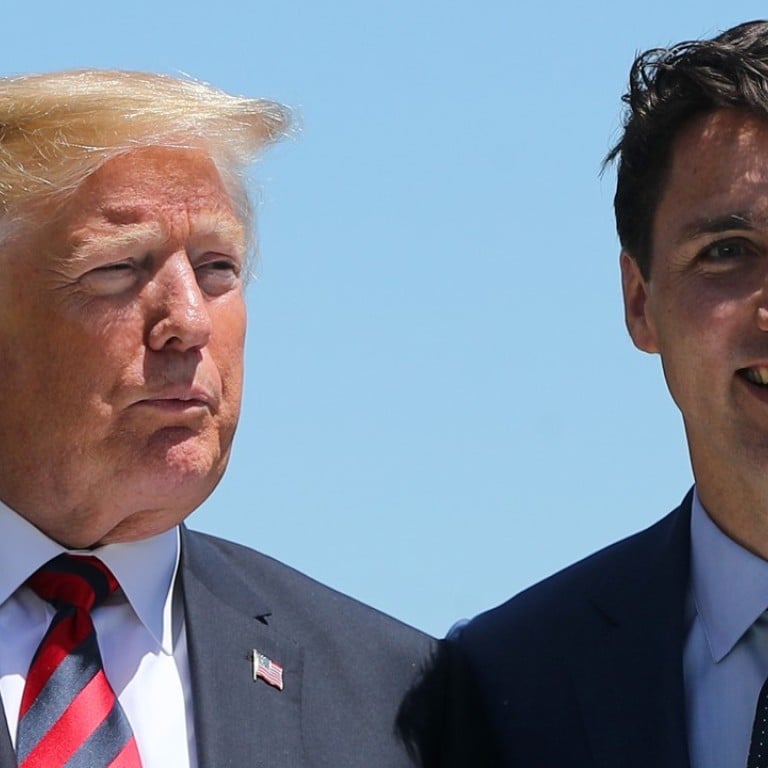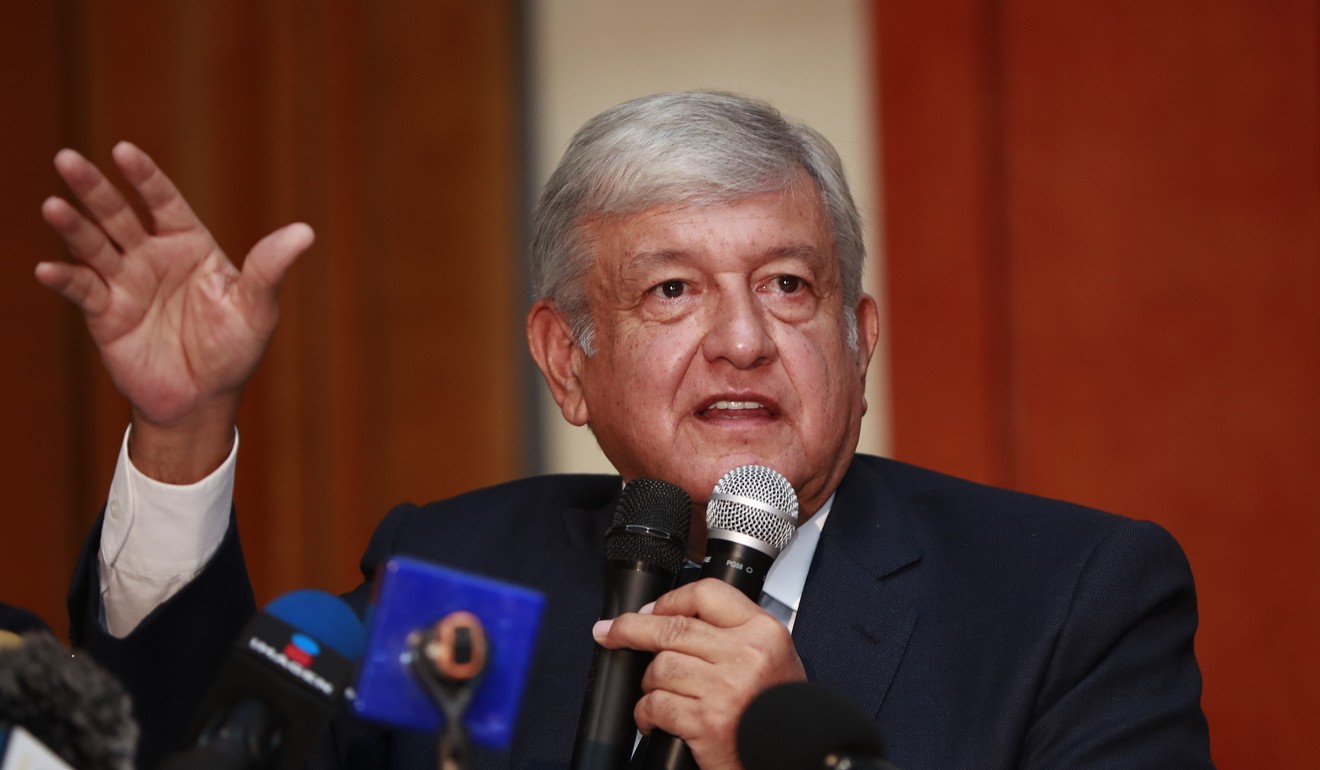
What is Nafta? US and Mexico are on the verge of agreeing revised trade deal
Trump often blasted Nafta as the ‘worst trade deal ever’ while on the campaign trail and has even threatened to pull out of the agreement unless a better deal can be reached
After a year of negotiations, the US and Mexico are on the verge of striking a deal to revise the North American Free Trade Agreement, or Nafta. With that in mind, this is a good time to step back and see how we got to this point. Here are seven things you should know:
What is Nafta?
The North American Free Trade Agreement, or Nafta, is a trade pact signed by the US, Canada and Mexico, which made it easier for companies in those three countries to move goods and supplies across North America’s borders. The agreement took effect on January 1, 1994, and essentially eliminated tariffs on most goods traded among the three nations. Nafta took effect under President Bill Clinton, who ushered it through Congress, but the framework for the deal was laid years earlier. Ronald Reagan made a North American free-trade zone part of his 1980 presidential campaign platform. And President George H.W. Bush signed Nafta on October 7, 1992, setting the stage for congressional approval of the agreement.

Why is a new Nafta deal being negotiated?
President Donald Trump despises the current Nafta agreement, which he blames for the loss of American jobs. Trump often blasted Nafta as the “worst trade deal ever” while on the campaign trail and has even threatened to pull out of the agreement unless a better deal can be reached. Other critics concede that Nafta needs to be updated to reflect changes in the world economy. For example, the digital economy was in its infancy when Nafta was originally negotiated. Now it’s a global phenomenon. So to try to salvage Nafta and sync it with today’s business environment, the US, Mexico and Canada entered into negotiations last August to revise the 24-year-old agreement.
Canada has been MIA during the most recent negotiations? Why?
Canada was a partner in the negotiations when they started last August. But the talks reached an impasse in late May, and Canada has been on the sidelines ever since. Canadian Prime Minister Justin Trudeau blamed the breakdown over the US’s insistence that any new deal include a five-year “sunset” provision. That means any new Nafta agreement would expire after five years unless the US, Canada and Mexico all took steps to renew it. Canada considers a sunset clause a deal-breaker, arguing it would create perpetual uncertainty for businesses and harm long-term investment.
What Asia should look out for in Donald Trump’s Nafta talks
Can Nafta be reworked without Canada?
No. The US and Mexico resumed negotiations without Canada in late July, but the Canadians would still have to sign off on any changes to Nafta. Negotiators for the US and Mexico said they decided to continue because they needed to work through some disagreements between their two countries, such as auto trade and labour issues. Canada will be invited back to the table when those issues are resolved.
What’s the rush?
The US and Mexico are hoping to get a deal signed before Mexican President Enrique Pena Nieto leaves office on December 1. That would free up Mexico’s incoming president, Andres Manuel López Obrador, to concentrate on domestic issues. But to get a deal in place before López Obrador assumes the presidency, all sides would have to reach an agreement by the end of August. Why? Because the Trump administration must give Congress at least 90 days’ notice before a deal can be signed. The US and Mexico are pushing to have a preliminary agreement in place by August 25, which would leave just days to get Canada back on board.
Trump warms up for Nafta trade tiff as a bigger battle with China awaits in the wings
What happens next?
Once negotiators reach a Nafta deal, it must be signed by the leaders of all three countries. It then must be approved the US Congress, the Canadian Parliament, and the Mexican Congress. In the US, a vote probably would not take place until early next year.
Can the US exit Nafta if no deal is reached?
Yes. But it’s complicated. Under Nafta Article 2205, any party to the agreement could withdraw six months after providing written notice. Even then, the US’s obligations under Nafta would not necessarily end. That is because Nafta was implemented under legislation passed by Congress. Many legal scholars argue that, to get out of Nafta completely, Congress would have to vote to repeal that legislation, which it might be reluctant to do. What’s more, any attempt to exit Nafta also could lead to legal battles that could delay the US departure for years.

